The Minister of Home Affairs has just, on behalf of the Government, reported to the National Assembly on the implementation of a number of resolutions of the 14th National Assembly on thematic supervision and questioning and resolutions of the National Assembly on thematic supervision and questioning from the beginning of the 15th term to the end of the 4th Session in the field of Home Affairs.
In the report, regarding the salary sector, the Minister of Home Affairs said that, implementing Resolution No. 27-NQ/TW of the 7th Central Conference, 12th tenure; Conclusion No. 20-KL/TW of the 4th Central Conference, 13th tenure on socio -economic development in 2021 - 2022 and Resolution No. 75/2022/QH15, Resolution No. 101/2023/QH15, the Government reported to the Government Party Committee to report to the Central Executive Committee and the National Assembly on the results and roadmap for reforming salary policies for cadres, civil servants, public employees, armed forces and employees in enterprises.
The Government has proposed a roadmap for salary reform for cadres, civil servants, public employees and armed forces with 6 reform contents according to Resolution No. 27-NQ/TW (expected to be implemented from July 1, 2024). Of which, 5 new salary tables will be built according to Resolution No. 27-NQ/TW.
Building 5 new salary tables according to Resolution No. 27-NQ/TW
According to Resolution 27-NQ/TW in 2018, from July 1, 2024, the new salary policy will be reformed in the direction of abolishing the current basic salary and salary coefficient, building a new salary regime, according to which the basic salary is equal to the specific amount in the new salary table.
Resolution 27-NQ/TW in 2018 requires the design of a new salary structure including basic salary accounting for about 70% of the total salary fund and allowances, accounting for about 30% of the total salary fund. At the same time, bonuses are added, the bonus fund is equal to about 10% of the total salary fund of the year, excluding allowances.
Along with that, build and issue a system of 5 new salary scales according to job positions, titles and leadership positions to replace the current salary scale system, convert old salary to new salary, ensuring that it is not lower than current salary.
Specifically, build a salary table for positions applicable to cadres, civil servants, and public employees holding leadership positions (elected and appointed) in the political system from the central to communal level.
1 professional and technical salary table according to civil servant ranks and professional titles of public employees applied generally to civil servants and public employees who do not hold leadership positions; each civil servant rank and professional title of public employees has many salary levels.
1 salary table for military officers, police officers and non-commissioned officers (according to position, title and military rank or grade).
1 salary table for professional military personnel, technical police personnel.
1 salary table for defense workers and police workers (in which the salary correlation between armed forces and administrative civil servants is maintained as at present).
What are the principles when building a salary table according to job position?
Pursuant to Point c, Clause 3.1, Section II of Resolution 27/NQ-TW in 2018 on determining specific factors to design a new salary table for civil servants and armed forces as follows:
First, abolish the current basic salary and salary coefficient, and establish a basic salary with a specific amount in the new salary table.
Second, implement a unified labor contract regime according to the provisions of the Labor Code (or service provision contracts) for those doing executive and service work (requiring training level below intermediate level), not applying the salary scale of civil servants and public employees to these subjects.
Third, determine the lowest salary level of civil servants and public employees in the public sector as the salary level of those doing jobs requiring intermediate training (level 1) not lower than the lowest salary level of trained workers in the business sector.
Fourth, expand the wage relationship as a basis for determining specific wage levels in the payroll system, gradually approaching the wage relationship of the enterprise sector in accordance with State resources.
Fifth, perfect the regular salary increase regime and early salary increase regime for cadres, civil servants, public employees and armed forces in accordance with the provisions of the new salary table.
From July 1, 2024, which types of allowances will be combined and which types of allowances will be eliminated?
Pursuant to Section 3.1, Sub-Section 3, Section II of Resolution 27-NQ/TW in 2018, it is stipulated that for cadres, civil servants, public employees and armed forces (public sector), the current allowance regimes will be rearranged, ensuring that the total allowance fund accounts for a maximum of 30% of the total salary fund.
Accordingly, continue to apply allowances for concurrent positions; seniority allowances beyond the framework; regional allowances; job responsibility allowances; mobility allowances; security and defense service allowances and special allowances for armed forces (army, police, and cryptography).
Merge occupational allowances, occupational responsibility allowances and hazardous and dangerous allowances (collectively referred to as occupational allowances) applicable to civil servants and public employees of occupations and jobs with higher than normal working conditions and with appropriate preferential policies of the State (education and training, health, courts, prosecution, civil enforcement, inspection, examination, auditing, customs, forestry, market management, etc.). Merge special allowances, attraction allowances and long-term work allowances in areas with particularly difficult socio-economic conditions into work allowances in particularly difficult areas.
Abolish seniority allowances (except for the military, police, and cryptography to ensure salary correlation with cadres and civil servants); leadership position allowances (due to salary classification for leadership positions in the political system); allowances for work of the Party and political and social organizations; public service allowances (due to being included in the basic salary); toxic and dangerous allowances (due to including working conditions with toxic and dangerous factors in occupational allowances).
New regulations on allowances according to administrative unit classification for commune, district and provincial levels.
Consistently allocate monthly allowances to non-professional workers at the commune, village and residential group levels based on the regular expenditure ratio of the People's Committee at the commune level; at the same time, stipulate the maximum number of non-professional workers at each type of commune, village and residential group level. On that basis, the People's Committee at the commune level shall submit to the People's Council at the same level for specific regulations on positions eligible for allowances in the direction that one position can undertake many tasks but must ensure the quality and efficiency of the assigned work.
Thus, according to Resolution 27-NQ/TW in 2018, allowances for cadres, civil servants, public employees and armed forces will be combined and abolished as above.
Wisdom
Source


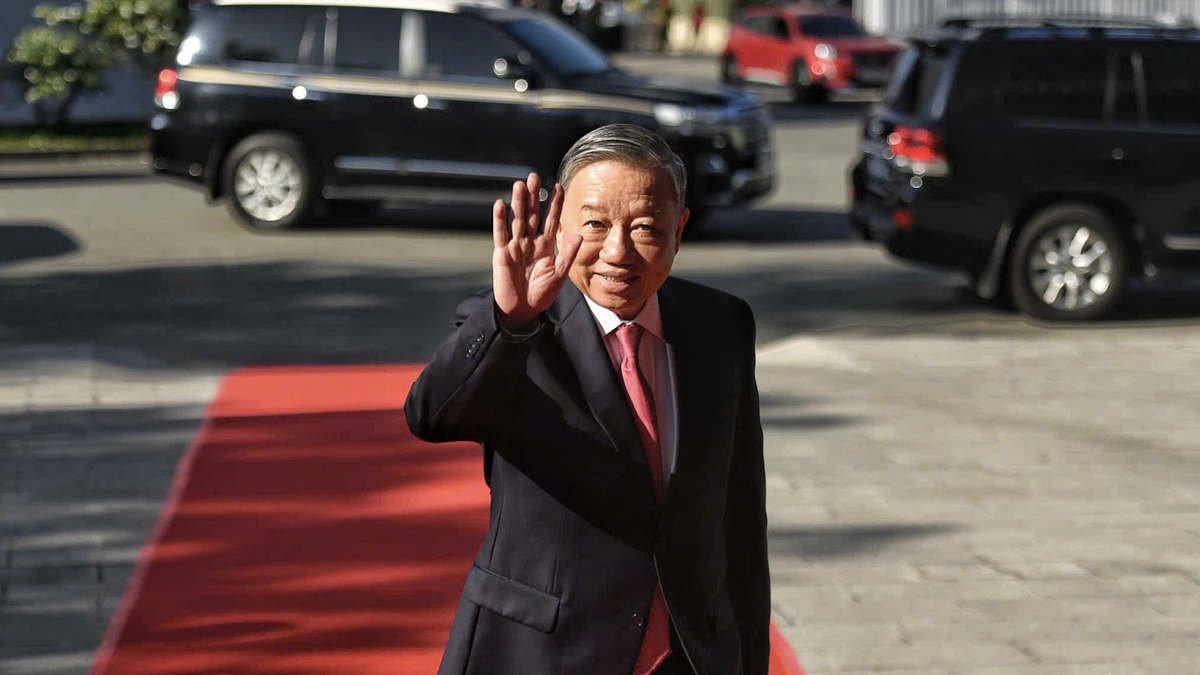
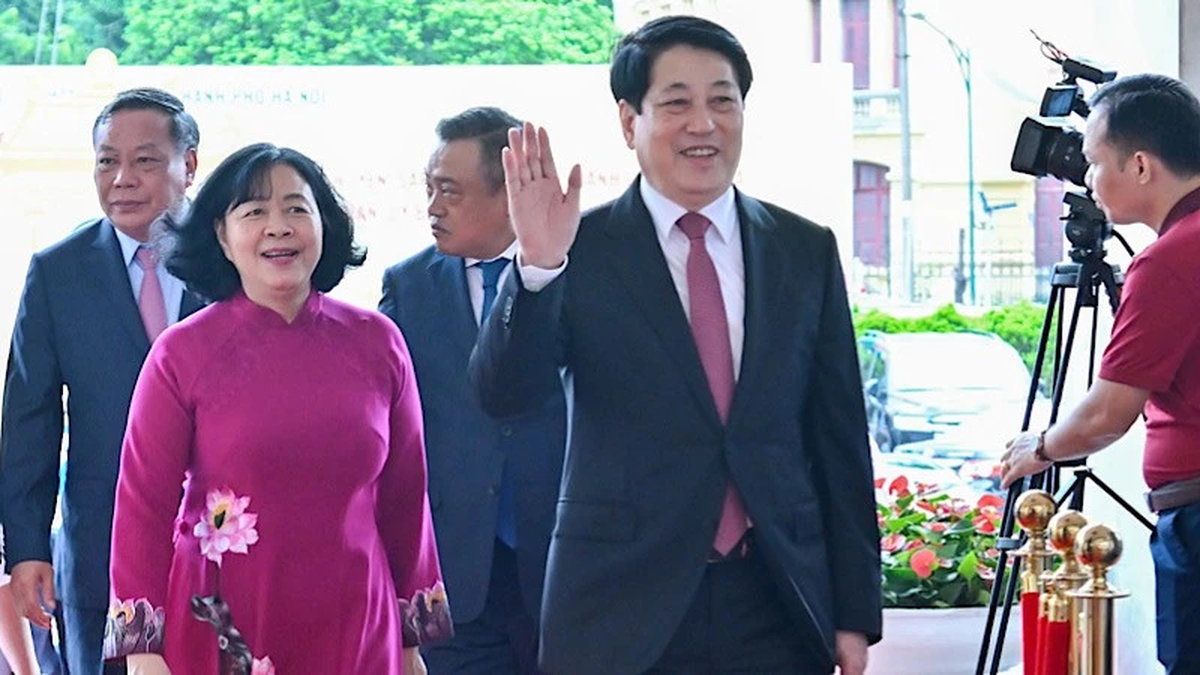








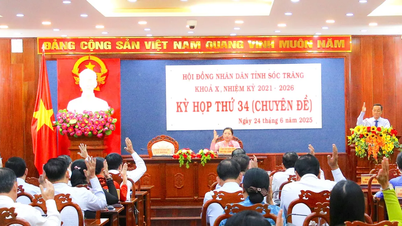

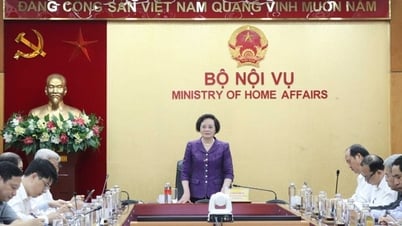




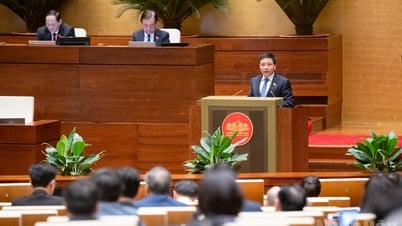

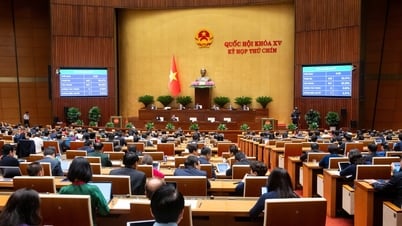



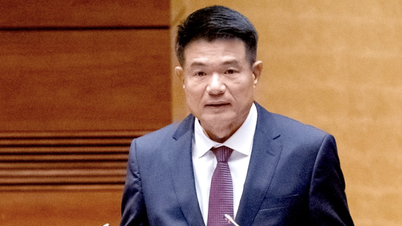
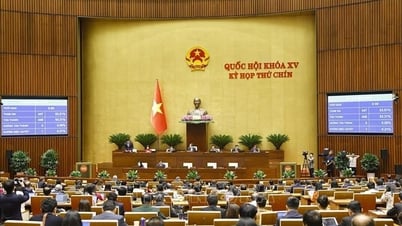

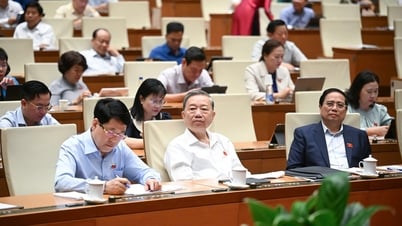










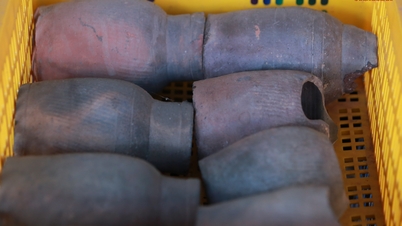


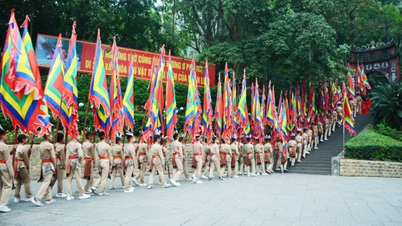







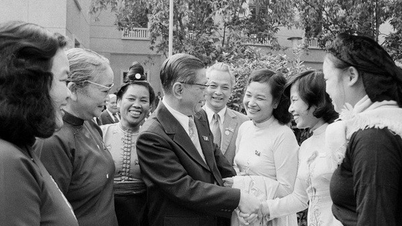





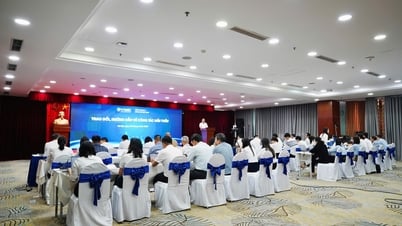




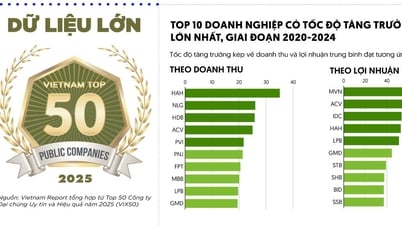



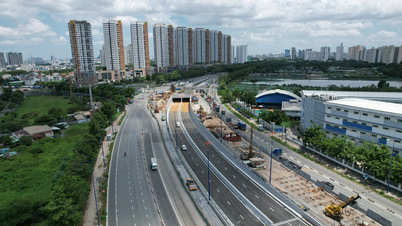








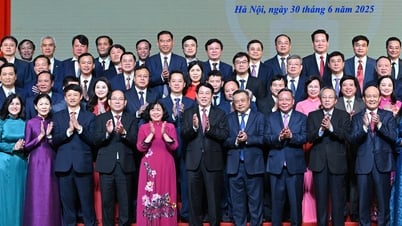


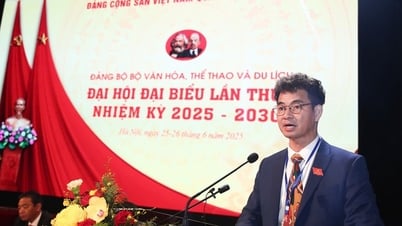

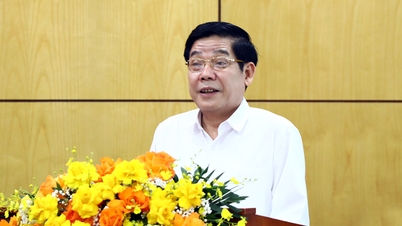







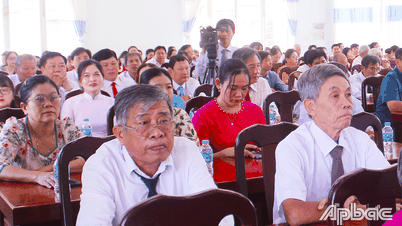
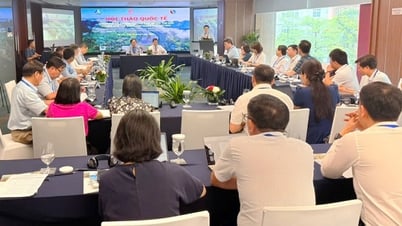
















Comment (0)